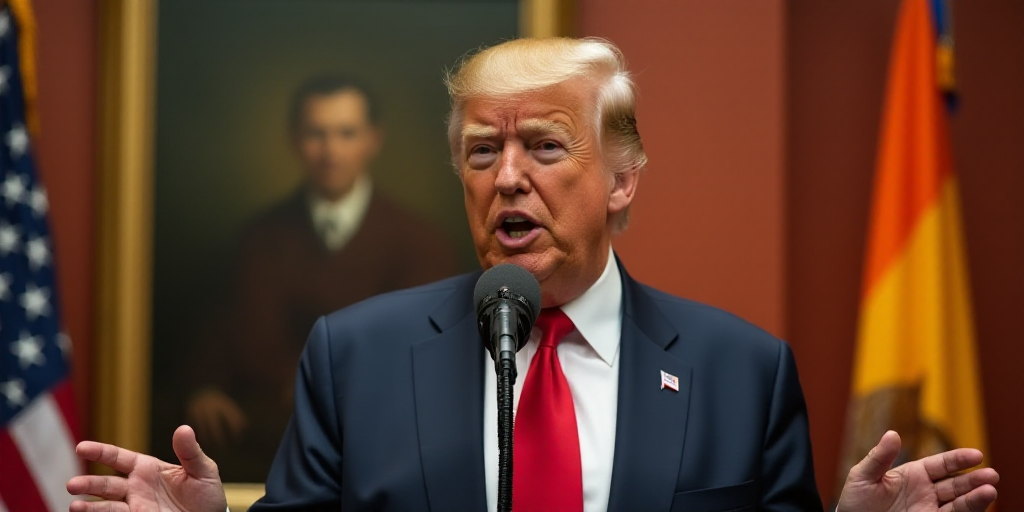Background on Key Players and Context
President Donald Trump has called on Democrats to concede and prevent a partial government shutdown, just before entering a crucial meeting at the White House with leaders from both chambers of Congress.
If a funding bill for federal operations isn’t approved by Congress before midnight on Tuesday, the government will partially close, plunging Washington into a political crisis.
What is a Government Shutdown?
A partial government shutdown, or “shutdown,” means the suspension of non-essential operations. Hundreds of thousands of public employees will temporarily go without pay, and the payment of many social benefits will be disrupted.
These budget-induced paralyses are highly unpopular in the United States, and both Democrats and Republicans strive to avoid them while blaming each other when they occur.
Current Situation
With only 36 hours left until the deadline, both parties are solidifying their stances, and the threat of a shutdown looms.
The White House has threatened to dismiss a large number of officials instead of the usual practice of withholding their salaries until an agreement is reached.
Republicans have proposed extending current funding through the end of November, postponing substantive discussions until then.
However, Democrats, nearly powerless and affected by Trump’s dismantling of entire government departments, see this as an opportunity.
Democrats’ Opportunity
The public spending extension bill until the end of November has already been approved by Republicans in the House of Representatives, where they hold a narrow majority.
For final approval in the Senate, Democrats need at least seven votes (out of 100 total seats).
Democratic Priorities
For Democrats, this is a rare chance to restore entire programs, especially in public healthcare, for low-income households.
However, Trump declared his legislative victory in July when Congress approved his “great, beautiful” budget bill and considers no retreat necessary.
House Republican Majority Leader Mike Johnson accuses Democrats of wanting to reinstate $1.5 trillion in healthcare spending, with part of that money allegedly enabling public healthcare access for illegal immigrants.
“In Good Faith”
Johnson told Fox News on Sunday that Trump is “open to discussion” and “wants to operate in good faith” at the White House.
In addition to Johnson, the meeting with Trump includes Republican Senate Majority Leader John Thune and Democrats Chuck Schumer and Hakeem Jeffries.
Jeffries told reporters at Congress on Monday that Democrats are willing to find an agreement addressing Americans’ needs in healthcare, security, and economic well-being.
Key Questions and Answers
- What is the issue at hand? The disagreement between Trump and Democrats over funding for government operations before the deadline.
- What would a shutdown entail? A partial government closure affecting non-essential operations, causing temporary salary disruptions for public employees and delays in social benefit payments.
- Why are Democrats using this opportunity? To push for restoring entire public programs, especially in healthcare for low-income households.
- What are Republicans proposing? Extending current funding until the end of November to postpone substantive discussions.
- What is the likelihood of a deal? Democrats are hopeful that defending healthcare spending will gain them favor with voters, despite their lower approval ratings compared to Republicans.






